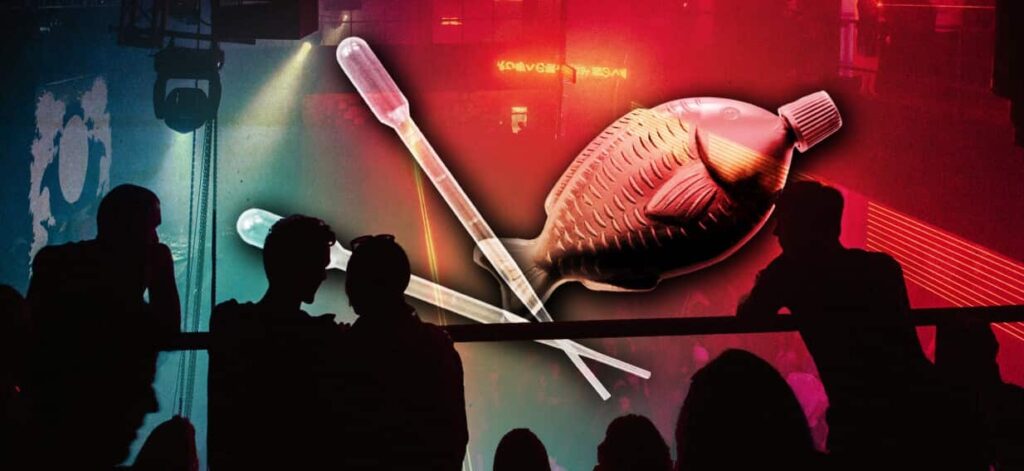
UPDATE: The recreational use of GHB, a depressant previously shunned due to its dangerous side effects, is surging among young women in Australia, alarming health officials. New data reveals a troubling trend: hospitalizations related to GHB use have dramatically increased, with young women aged 16 to 24 accounting for nearly 40% of cases by 2023-2024.
Reports indicate that GHB, often known as ‘G’, ‘juice’, or ‘fantasy’, has become a popular party drug again, especially following a shift in cultural attitudes. As more young women experiment with this substance, the risk of overdose and dependence rises significantly.
In a troubling revelation, research from the National Centre for Clinical Research on Emerging Drugs shows that emergency department visits for GHB overdose have skyrocketed from 24.9 per 100,000 in 2015-2016 to 101 per 100,000 from July 2023 to January 2024. This threefold increase comes amid reports of increasing incidents of withdrawal symptoms among young female users, raising serious safety concerns.
Mel, a former party-goer who experienced GHB use firsthand, shared her cautionary experiences. “I was always a trepidatious person when it came to recreational drug taking,” she noted, reflecting on her party years from 2011 to 2015. However, even those with experience are not immune to the risks. Mel recounted a frightening episode at a music festival where she lost track of time after taking GHB, waking up confused and overheated hours later.
Authorities are sounding the alarm as GHB’s recreational use climbs. The Australian Federal Police (AFP) reported a “tidal wave” of imports of 1,4-Butanediol, a precursor to GHB, with more than 3.8 tonnes seized in just four months of 2023. This underscores the drug’s growing accessibility and the potential for increased usage among demographics not traditionally associated with GHB.
Eleanor Costello, evidence manager at the Alcohol and Drug Foundation, explained that cultural shifts can drive changing trends in drug use. “They may be more featured in the media, and things move out of popularity… it does go through phases,” she said. The low cost and easy availability of GHB compared to other illicit drugs are likely contributing factors.
Research indicates that GHB usage has historically been higher among the LGBTIQ+ community, but alarming new data shows that young women are increasingly being hospitalized after GHB use. Krista Siefried, clinical research lead at St Vincent’s Hospital, emphasized the need for medical intervention when users attempt to stop. “We really recommend that people do seek medical advice when they’re trying to either cut back or stop their GHB use,” she stated.
As GHB’s popularity grows, so do concerns surrounding its association with serious health risks. Between 2000 and 2015, there were 51 GHB-related deaths in Australia. Yet, between 2016 and 2023, that number skyrocketed to 166 deaths, highlighting a critical public health issue.
Health professionals urge users to exercise caution. Siefried advises those who choose to use GHB to “go low and go slow,” emphasizing the importance of moderation and ensuring they have a sober companion present.
As the situation evolves, it is vital for communities to be informed about the dangers of GHB and for those struggling with substance use to seek help. Readers can contact the National Alcohol and Other Drug Hotline at 1800 250 015 for free and confidential support available 24/7.
This urgent rise in GHB use among young women signals a pressing need for education and harm reduction strategies. The health implications are severe, and immediate action is required to prevent further tragedies.





